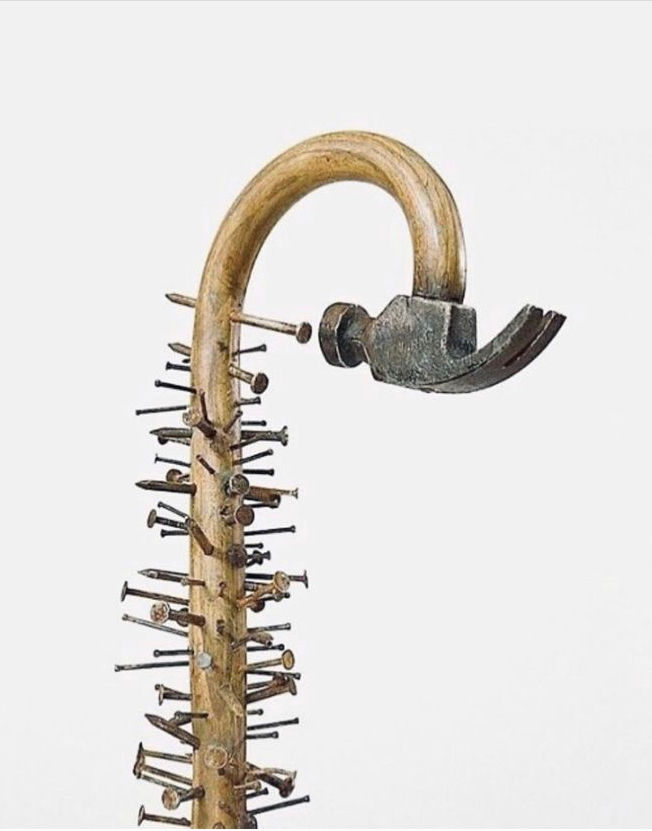Fabricating Post-conflict Amnesia
- Frazer Macdonald Hay
- Sep 14, 2021
- 2 min read

Often, agencies see their responsibility towards historic buildings in anthropomorphic terms as performing surgery, breathing new life into, and restoring the soul and heart of culturally significant buildings.
These are dynamic and dogged acts that require the building to adopt a submissive role, to remain prone while work is visited upon it.
Anthropomorphising the building in metaphysical terms of ‘voice’ and ‘memory’ however, reverses this relationship, if only in the short-term.
The act of listening allows the building to become, an agent in its own recovery, meaning all stakeholders have to work hard to hear what is told.
The metaphysics connected to historical or culturally significant buildings are often overlooked. Yet, it is difficult to ignore that places resonate with the memories of trauma and have the power to completely change a place’s role in society.
There are examples throughout history where societies have heard the voices of violence so shrill that only demolition of the buildings which resonates with them, will cause them to stop. In many cases, these buildings were not only demolished but the rubble was also taken away in secrecy and pulverised to help erase the memory of the events which took place there. And yet, the voice remained, except now it’s a secret, a social whisper that grows in meaning within the shadows of forced or fabricated amnesia only to appear again in new supporting narratives for further violence
The importance of truly recognising the full extent of a building’s make-up, to promote the correct peacebuilding response, can't be understated.
“Only a fool will build in defiance of the past. What is new and significant always must be grafted to old roots, the truly vital roots that are chosen with great care from the ones that merely survive. And what a delicate process it is to distinguish radical vitality from the wastes of mere survival, but that is the only way to achieve progress instead of disaster."
[Bartok, 1962 page xvii]
Image: Seyo Cizmic




